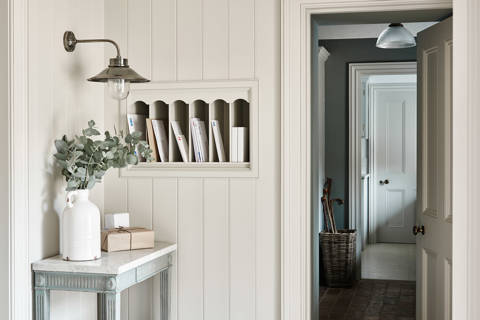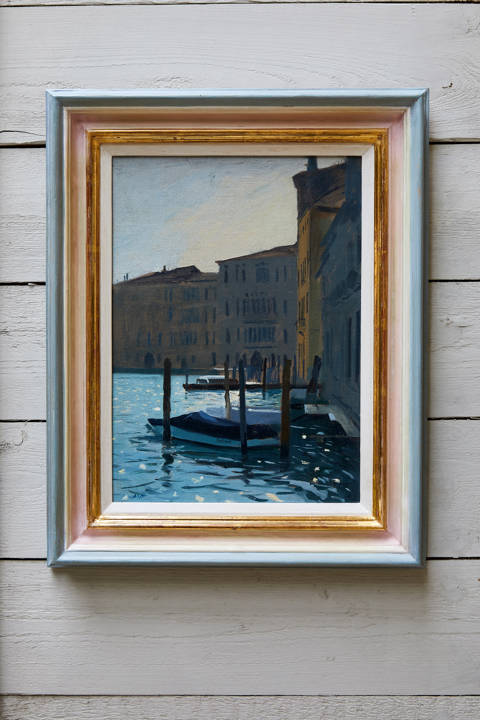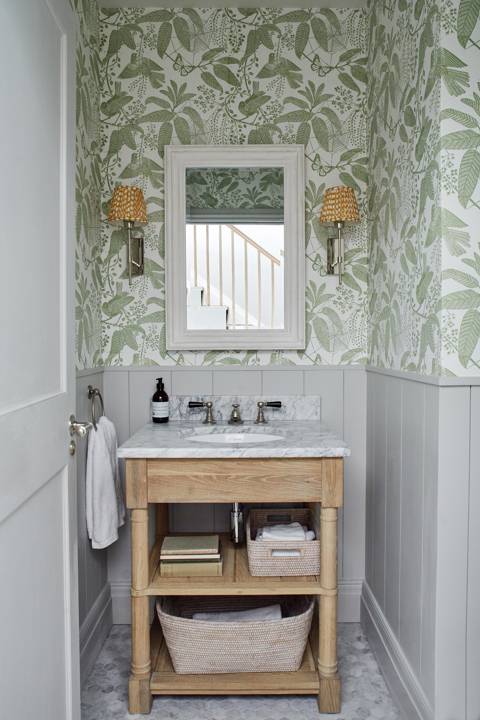How To Use Tongue and Groove
Tongue and groove is a timeless, hardwearing and attractive addition to any home. Here we answer some of the commonly asked questions surrounding this technique and its finishes.
What is tongue and groove?
Tongue and groove is a type of panelling often used on walls. It has a convenient interlocking system; the tongue simply locks into the corresponding groove of each panel, making it easy to install.
Why use tongue and groove in my home?
Contrary to expectation, wooden panelling like tongue and groove works well in both city and country homes and is a simple way to give your interior a brand-new look. It can be installed autonomously, or for the less DIY minded, we recommend sourcing a reputable joiner. For those coveting a relaxed country aesthetic the natural wood of tongue and groove is ideal. It connects the space to nature, bringing texture and life to a home. What’s more, it is the perfect backdrop on which to layer up your interior, acting as a canvas on which to be playful with colour and pattern.
Which type of wood is best?
For those unsure of where to find high-quality natural wooden paneling, we recommend asking your joiner to source this for you. A timber design made of a light Norwegian Spruce works well. For those interested in sustainability, sourcing reclaimed wood is a great option. This creates an attractive and rustic finish.
Can I use wooden paneling in a bathroom?
A common question often asked when using tongue and groove is, how well does it hold up to the moisture and dampness of a bathroom? Battening off the walls is the best way to avoid the build-up of mould. Battens are pieces of wood cut to the length of your wall. The tongue and groove can be laid on top of these, allowing any moisture to escape. This process is something that can be done yourself, otherwise we recommend asking your joiner to cut and lay these for you. This video offers a useful step-by step guide.
Where should I use half-height paneling?
Half-height paneling works well in a bathroom or cloakroom when paired with playfully patterned wallpaper. To create a rustic aesthetic, you might also consider adding paneling or rough boarding to the ceiling. Painted wall paneling paired with wallpaper designs by Lewis and Wood, Colefax and Fowler or de Gournay creates the perfect blend of sophistication and comfort.
Where should I use full-height paneling?
Full-height paneling in a bedroom, entrance hall, or utility room creates a lovely ‘modern country’ style, especially when the panels are varying widths. You can ask your joiner to recreate a similar look. This aesthetic works well in a city or country home, creating the laid-back feel of the countryside which acts as an escape from the treadmill of modern life. Another technique that works well is laying your paneling widthways across the room. This draws the eye from corner to corner, making the room seems larger.
What colour should I paint my paneling?
For those looking to keep their interior rooted in nature, why not opt for gentle shades such as Farrow & Ball’s Pigeon, or The Little Greene Paint Company’s Rolling Fog. Of course, another option is to be bold with colour and choose a strong shade for your panelling. To create a deep contrast you might choose Farrow and Ball’s De Nimes for the tongue and groove, and a much lighter colour for the remaining wall or joinery, such as Shaded White. See our Cornish Beach House for an example. Lastly, there is always the option to leave the paneling bare as we did in our studio, or wash it with a 50/50 emulsion. This creates a natural aesthetic which is at one with the English countryside.












